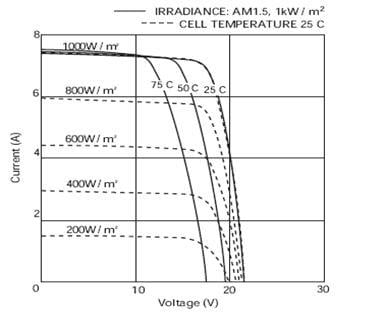Except that if you are trying to get to a controller you don't want that drop,
There is no voltage drop. The voltage cannot drop while the panel is driving the voltage up.
What you don't want is the amperage drop. But, like voltage drop, what is a reasonable amount that can be lived with, is contextual.
the panel isn't wired to the battery, the controller is.
If it's a PWM controller (fast acting switch) then the panel certainly is wired to the battery whenever the switch is closed. The voltage is being driven up by the panel, but being limited by the battery. That's a limit, not a drop.
If it's an MPPT controller, the panel is wired to the MPPT function of the controller. The voltage on the solar side is being driven up by the panel, but being limited by the MPPT function. That's a limit, not a drop.
(And the MPPT function limits the voltage on the solar side, by connecting the solar to the battery, through the buck converter.)
If you have a long wire you have less voltage at your controller that is charging your battery.
No, you don't. Not as long as the solar is driving the voltage up.
You would need to run #16 to Bangladesh to create a situation like that. Or start with a panel that only has a Vmp of 15v and then use an extreme length of tiny wire.
But again, that wouldn't be a voltage drop. That would be a limit which prevents voltage rise.
The question was about trying to avoid that their solution wasn't a good one but none of your responses made sense.
My response didn't make sense to you, because you still think that there was some voltage drop that needed to be avoided.
But there isn't. So the OP's solution of trying to eliminate something that wasn't happening in the first place wasn't appropriate.
It was also inappropriate in another way: Trying to run an inverter from a sketchy, variable power source (solar panel), without having
something (capacitor or battery) to buffer the input to the inverter and smooth out the power flow into the inverter. That would just end up making the inverter beep and shutdown whenever clouds (or flying cows) passed over.

 Better you than me.
Better you than me.

